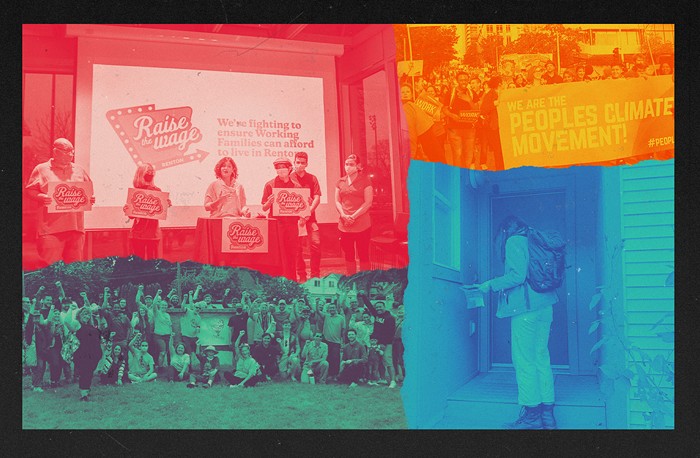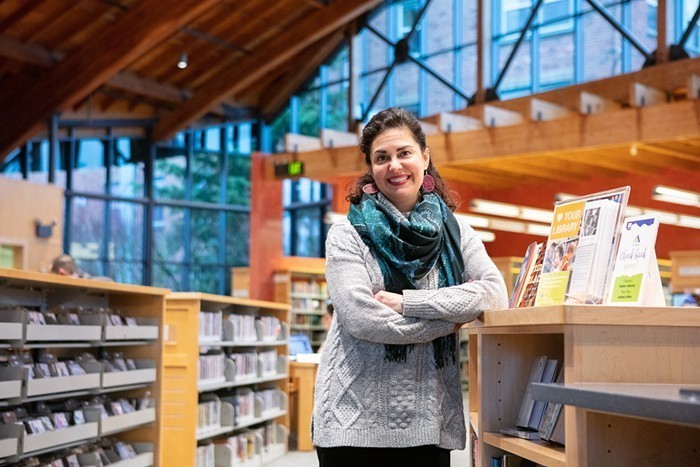
There is a new park in Seattle.
Officially opened earlier this summer, Alice Ball Park is a half-acre green space adjacent to the Greenwood Library.
So, who is Alice Ball? She was a pioneer in many ways. She was a black woman born in the late 19th century in Seattle. Her father was a newspaper editor and her grandfather James Ball was a famous photographer, as well as an activist and abolitionist. The younger Ball graduated with a bachelor's from UW and then went to the University of Hawaii, where she became the first black woman to graduate with a master's. She went on to become the first black person, and the first woman, to teach in the university's chemistry department, where she developed a treatment for leprosy.
Leprosy, an especially painful disease that, in addition to disfigurement, brought with it a whole lot of stigma, was a big problem in Hawaii thanks to Europeans and other travelers who came to the island and brought the disease with them. In 1866, the government established a leper colony on the island of Molokai, which housed, over the years, nearly 9,000 people infected with the disease—9,000 people who were not permitted to leave the colony and were actually declared legally dead by the government.
This is the among the population Ball worked to help: She got a job as a research assistant to Harry Hollmann, the director of the a leprosy clinic at Kalihi Hospital, and it was in this capacity that she developed a way of injecting chaulmoogra oil, which was then the best available treatment, into the body of people suffering from leprosy. This remained the most effective way of treating the disease until new drugs were developed in the '40s.
Tragically, this would be Ball's last (and greatest) contribution to science. She died in Seattle on New Years Eve, 1919, at the age of just 24. While her death certificate lists tuberculosis as the cause of her death, according to an article in the Northwest Hawaii Times, Ball inhaled chlorine gas while doing an demonstration in class and became sick soon after.
For years, Ball and her accomplishments were mostly forgotten. One of her professors, who later became the president of the university, reportedly claimed credit for the technique she developed. According to National Geographic, "Her name might have been completely lost to history except for a brief mention in a 1922 medical journal, in which Hollmann makes it plain that Ball created the chaulmoogra solution, referring to it as the 'Ball Method.'"
In recent years, however, Ball has been officially recognized for her work, both at the University of Hawaii, which dedicated a plaque to her underneath a chaulmoogra tree on campus in 2000, and now in Seattle, where our newest park bears her name.



















